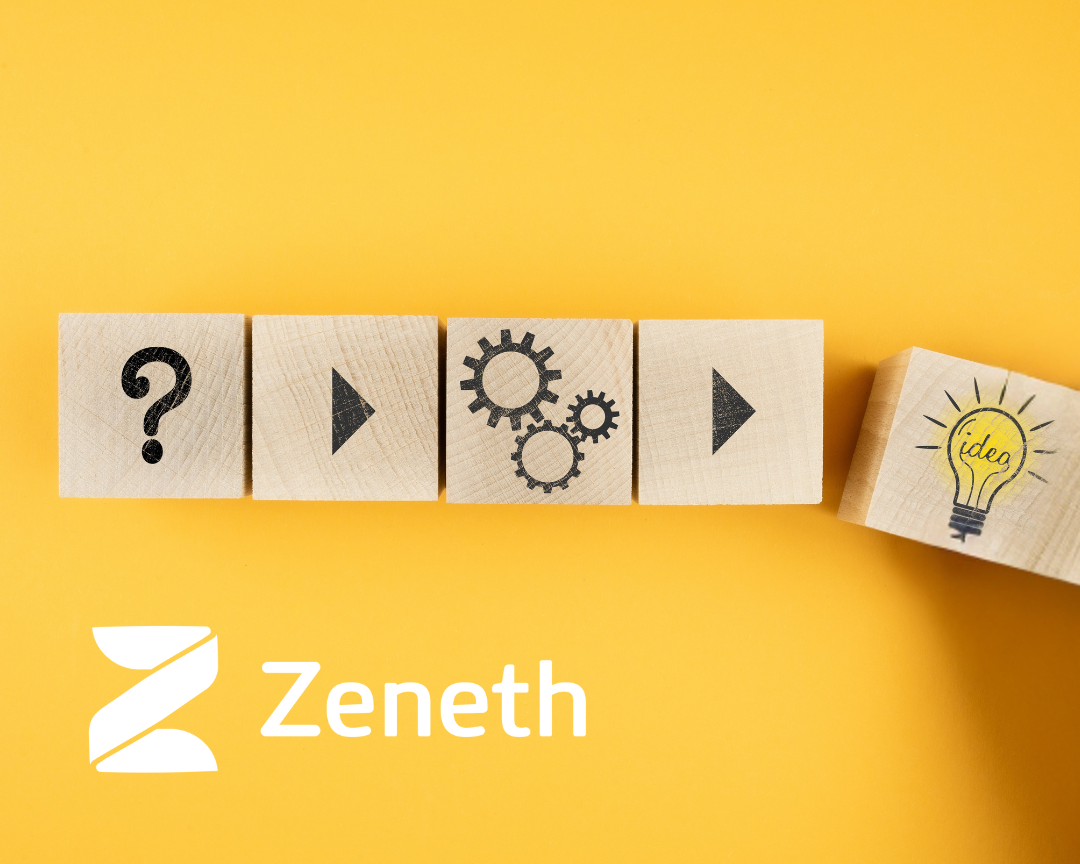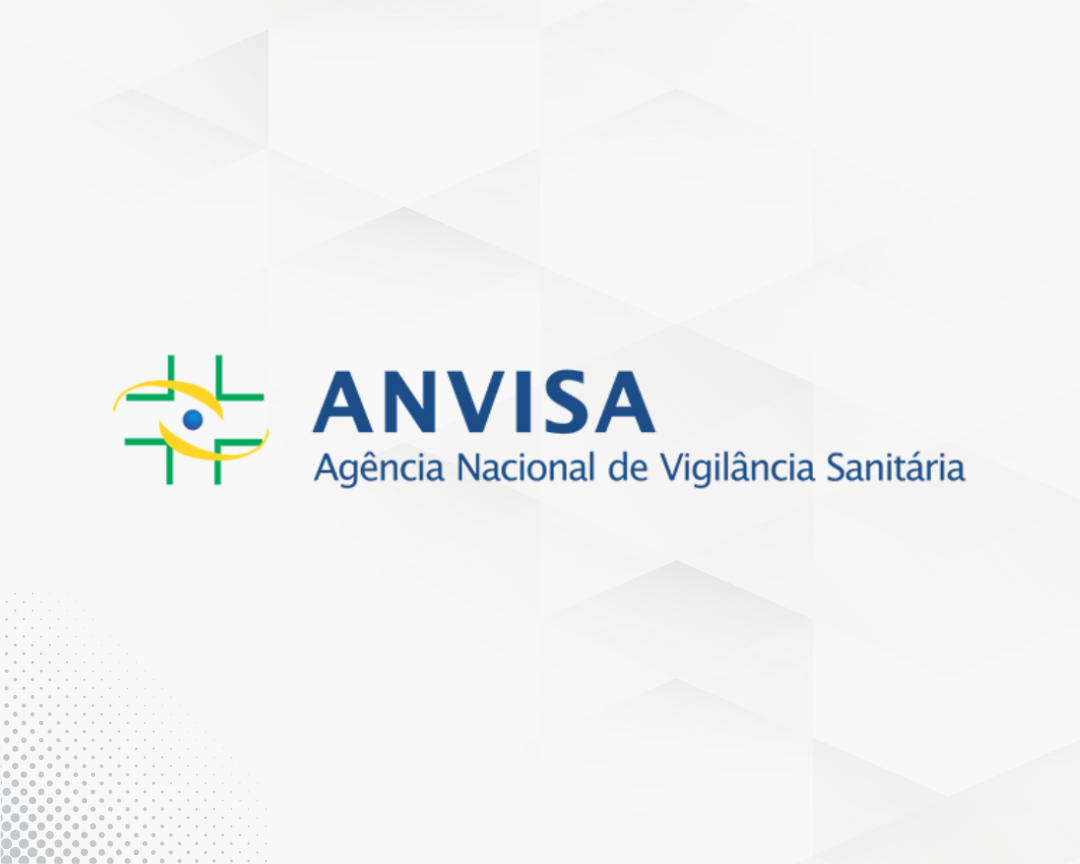Artificial Intelligence (AI) has become a powerful force within the pharmaceutical industry, catalysed by the challenging lengthy and costly drug development process. To maximize the impact of AI, it is critical to have access to enough good quality data to allow machine learning algorithms to extract relevant knowledge and produce valuable models. Despite the availability of public data, the most valuable knowledge remains embedded and locked in private silos. Until now, access to such datasets has been one of the primary challenges in this domain due to the confidential nature of the data in question.
To overcome this obstacle, Lhasa Limited has developed a methodology to enable the transfer of knowledge from corporate data into sharable models whilst preserving the privacy of the original data. The method uses Knowledge Distillation [1] based on the Teacher-Student approach [2,3] adapted to the domain of Molecular Informatics. Crucially, this methodology ensures no proprietary data leaves the confines of the respective firewalls of each pharmaceutical partner.
The applicability of this methodology was proven during a Proof of Concept exercise undertaken alongside 8 Pharmaceutical collaborators in 2018. The ambition of this exercise was to build a multi-party (Student) hERG model, and to demonstrate that this student model could outperform the average of the single party models (Teachers) when tested against an independent test data set. This hypothesis was proven, and even more promisingly, the student model in fact outperformed every Teacher model individually.
Following these encouraging results, Lhasa looked to test the applicability of the modelling method across different biological targets. Common targets of interest have been published in the literature, by Bowes and co-authors in 2012[4], and Lynch and co-authors in 2017[5]. These publications represented a suitable starting point for the exploration of models for secondary pharmacology targets, alongside those requested by the newly formed Effiris consortium.
Lhasa began to build the first set of models beyond hERG as part of the Effiris initiative as the project was launched in 2019. This exercise demonstrated that Lhasa’s modelling methods were suitable and proficient at modelling these target types, as can be seen from the cross validation results below.
In conjunction with this scientific research, Lhasa delivered the first version of the Effiris application during the summer 2019 and now continue to work with the pharmaceutical consortium to guide development of the next version of the application, extending its functionality and capabilities.
Effiris is run by Lhasa as a consortium initiative, providing a forum for pre-competitive, cross-organisation discussion between like-minded collaborators. Being a consortium partner allows collaborators to have a guiding voice as to the initiative’s direction. Effiris delivers maximum value to participating organisations and being part of the Effiris consortium allows collaborators to inform and accelerate the following areas of their drug development pipeline:
- Virtual Screening
Effiris facilitates more efficient and informed triage and prioritisation of compounds
- Compound Design
Effiris assists medicinal chemists through flagging likely off-target effects during compound design
- Setting Testing Strategies
Effiris provides the potential to give indications of likely off-target effects, meaning in vitro testing can be focussed, mitigating the need for expensive failures downstream
- Interpreting Pre-Clinical Findings
Effiris provides indicators of the rationale behind unexpected off-target effects observed during pre-clinical animal studies
Find out more about the methodology that powers the Effiris initiative, the progress made since the initiative’s launch last year and an overview of the future direction and perspective of Effiris in this recorded webinar.
References
[1] Hinton, G., Vinyals, O., & Dean, J. (2015) ‘Distilling the knowledge in a neural network’, arXiv preprint arXiv:1503.02531.
[2] Papernot et al. (2016) ‘Semi-supervised knowledge transfer for deep learning from private training data’, arXiv preprint arXiv:1610.05755.
[3] Papernot et al. (2018) ‘Scalable private learning with pate’, arXiv preprint arXiv:1802.08908.
[4]Bowes et al. (2012) ‘Reducing safety-related drug attrition: the use of in vitro pharmacological profiling’, Nature Reviews Drug Discovery, 11, 909-922.
[5] Lynch et al. (2017) ‘Potential functional and pathological side effects related to off-target pharmacological activity’, Journal of Pharmacological and Toxicological Methods, 87, 108-126.
Last Updated on January 25, 2024 by lhasalimited



